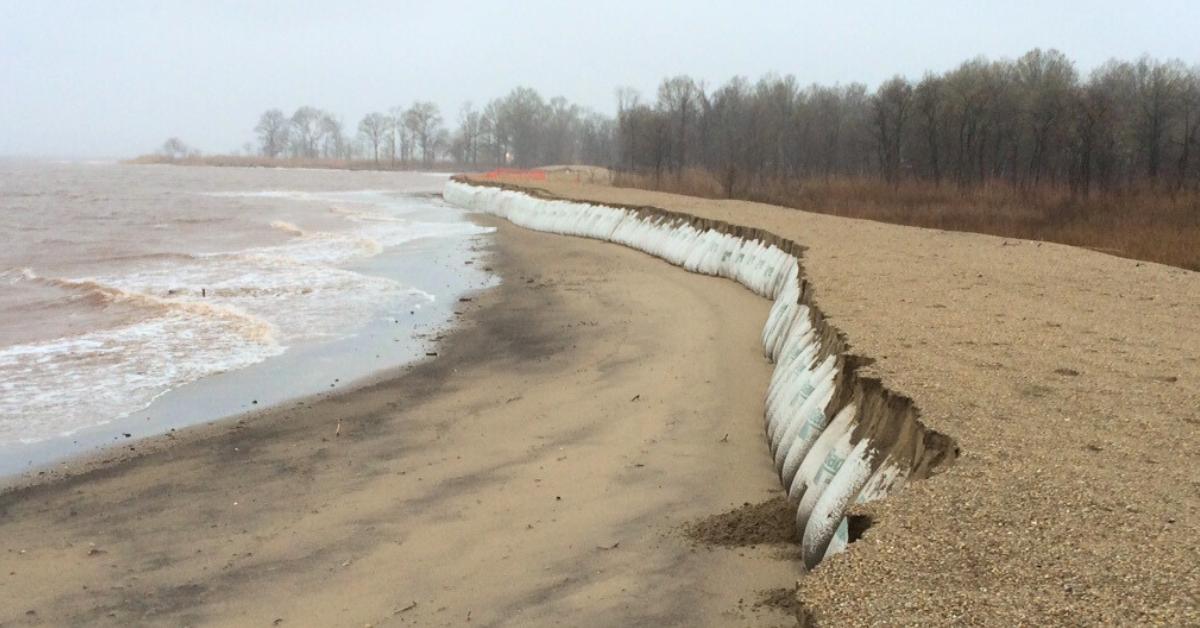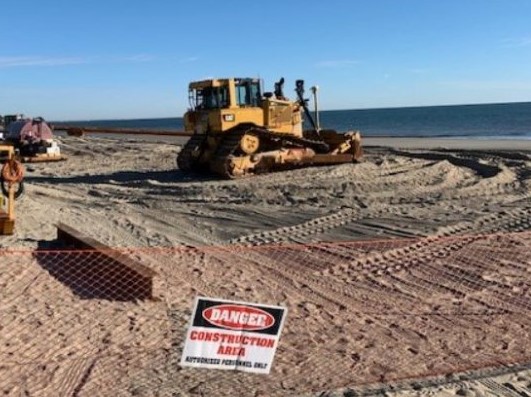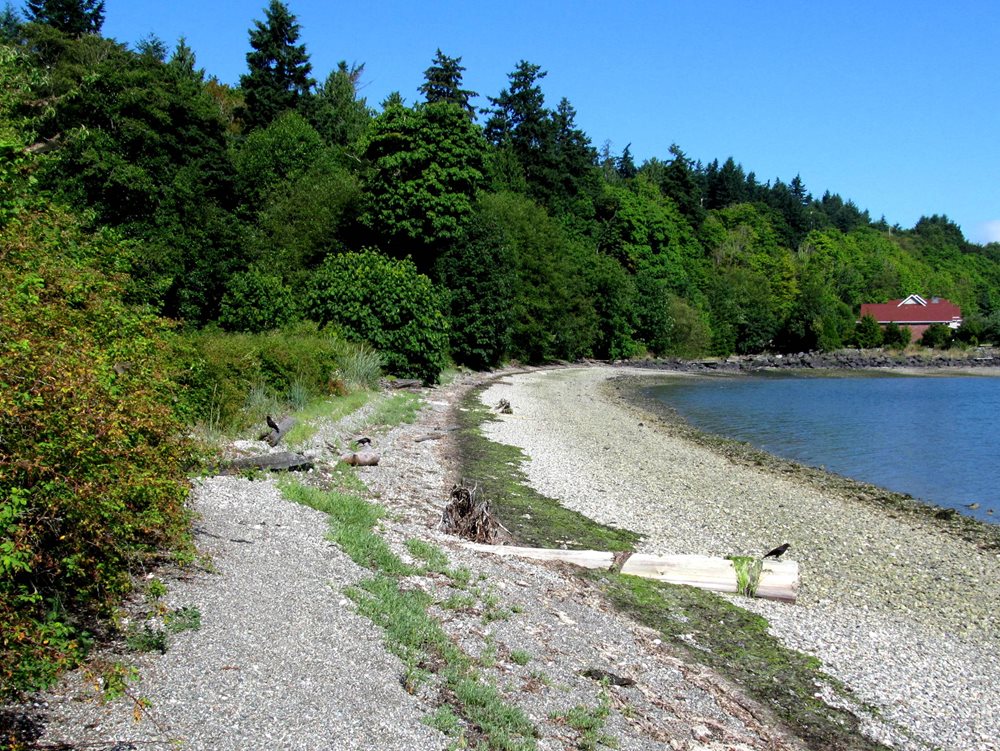The Best Guide To Shore Protect Team
Shore Protect Team for Dummies
Table of ContentsHow Shore Protect Team can Save You Time, Stress, and Money.The Ultimate Guide To Shore Protect TeamThe smart Trick of Shore Protect Team That Nobody is Talking AboutShore Protect Team - QuestionsThe 9-Second Trick For Shore Protect TeamThe Ultimate Guide To Shore Protect TeamShore Protect Team - Truths
Decline in residential property worth: As the area tourism is influenced by erosion, so then is the economic situation. Customers are less most likely to look for a coastline house that might be destroyed anytime by the approaching flooding and erosion emergency. Subsequently, home worth can go down exceptionally and impact the whole region.Whether a coastline is simply small and congested or has to close totally for the safety of the community and close-by residential or commercial properties, this significantly influences tourist. In turn, neighborhood economies are affected (https://www.twitch.tv/shrprtcttm/about). Threat of injury: The increased risk of flooding and structural failings triggers an increased risk of injury to neighboring tourists and neighborhood participants

Coastline stabilization is directly associated to their work. Waterfront resorts: Due to the fact that coastline disintegration impacts tourist, it influences the success of waterfront hotels.
Shore Protect Team - The Facts
This at some point brings about closures and deserted beachfront properties. Coastal business businesses: No visitors means no business. For those services satisfying locals, their building goes to risk of damage from disintegration and flooding. Coastal state parks: State parks that exist along shorelines are at risk of damages. Not only to the manufactured structures and buildings on site, but additionally to the all-natural ecological communities that exist within.
Soft stabilization is a much far better solution for the setting and more lasting overall. Difficult stablizing uses synthetic frameworks as protection to regulate erosion. Usually, these structures are set up at appropriate angles or alongside stop sand movement and minimize the pressure of waves. Most forms of difficult stabilization like seawalls and sheet metal are not optimal for coastline stablizing.
8 Easy Facts About Shore Protect Team Shown
There's additionally not nearly enough proof of their efficiency depending upon the sort of coastline and neighborhood problems. Hard stabilization strategies often tend to be harder to install and don't match the all-natural visual, standing out like a sore thumb and hurting neighborhood environments in numerous circumstances. Coastline nutrition is the procedure of adding lost sand and debris back to coastlines after disintegration has occurred.
TrapBags aid in the process of coastline nutrition by protecting all-natural ecological communities and permitting plants to expand. While this process can be expensive and is not long-term, the pros tend to exceed the cons. TrapBag obstacles offer many residential properties that make them ideal for seaside and shore disintegration protection. They're: Ecologically pleasant: You can utilize indigenous soil both to border and to fill the TrapBags.

How Shore Protect Team can Save You Time, Stress, and Money.
Easy to install: Reduce of setup indicates TrapBags can be deployed quickly in case of an emergency. They can likewise be mounted with no hefty machinery. Affordable: TrapBags are optimal for both tiny and big locations of shoreline. They provide an affordable option to cover tasks of any kind of size.
The proper seawall layout relies upon location-specific aspects, including bordering erosion processes. There are three primary sorts of seawalls: vertical, curved, stepped, and piles (see table listed below). A record published by the United Nations Setting Program (UNEP) recommends that the tidal wave of 26 December 2004 caused less damages in the areas where all-natural barriers were existing, such as mangroves, reef or coastal plant life.
Natural barriers, such as reef and mangrove forests, stop the spread of tidal waves and the circulation of seaside waters and reduced the flooding and surge of water. A cost-benefit method is an effective way to identify whether a seawall is suitable and whether the benefits deserve the expense.
About Shore Protect Team
A seawall is a static function which can contravene the vibrant nature of the shore and hamper the exchange of sediment in between land and sea. The table listed below summarizes some favorable and negative results of seawalls which can be used when comparing their performance with other coastal monitoring alternatives, such as beach nutrition. [] Benefits and negative aspects of seawalls according to Short (1999) Benefits Downsides Long-term solution in contrast to soft coastline sustenance.

This can trigger beaches to dissipate, providing them ineffective for coastline goers. Usually, seawalls can be an effective means to manage seaside disintegration, yet only if they are built well and out of materials that can endure the force of continuous wave power.
All About Shore Protect Team
Integrated with a high building expense, this has brought about raising use various other soft engineering seaside monitoring alternatives such as coastline replenishment. Seawalls are created from different materials, many frequently reinforced concrete, stones, steel, or gabions. Other possible building and construction materials consist of vinyl, wood, light weight aluminum, fiberglass composite, and naturally degradable sandbags constructed from hemp and coir. The suitable seawall design depends on location-specific aspects, including bordering erosion procedures. There are three primary kinds of seawalls: upright, rounded, stepped, and piles (see table listed below).
All-natural obstacles, such as reef and mangrove forests, stop the spread of tsunamis and the circulation of seaside waters and mitigated the flooding and rise of water. A cost-benefit method is an efficient way to identify whether a seawall is ideal and whether the advantages deserve the cost.
The smart Trick of Shore Protect Team That Nobody is Talking About
A seawall is a fixed feature which can conflict with the dynamic nature of the coastline and hinder the exchange of debris in between land and sea. Advantages and downsides of seawalls according to Short (1999) Advantages Negative aspects Long term option in contrast to soft coastline nutrients.

This can cause beaches to dissipate, rendering them ineffective for coastline goers. Normally, seawalls can be a successful way to control seaside erosion, however just if they are built well and out of products that can hold up against the pressure of ongoing wave power.